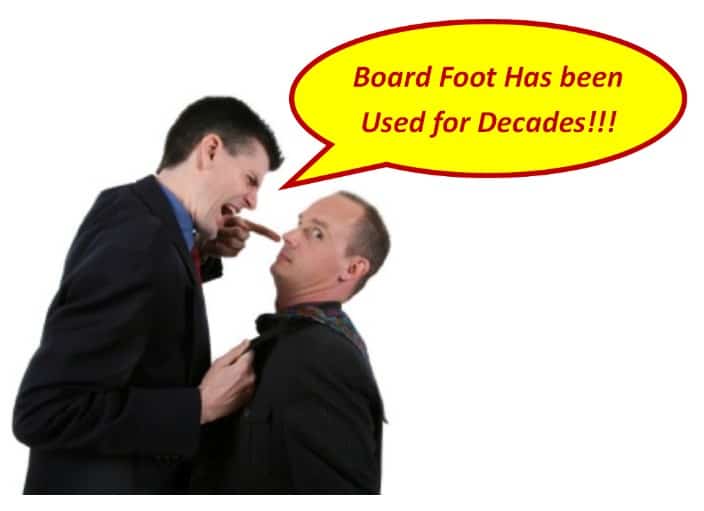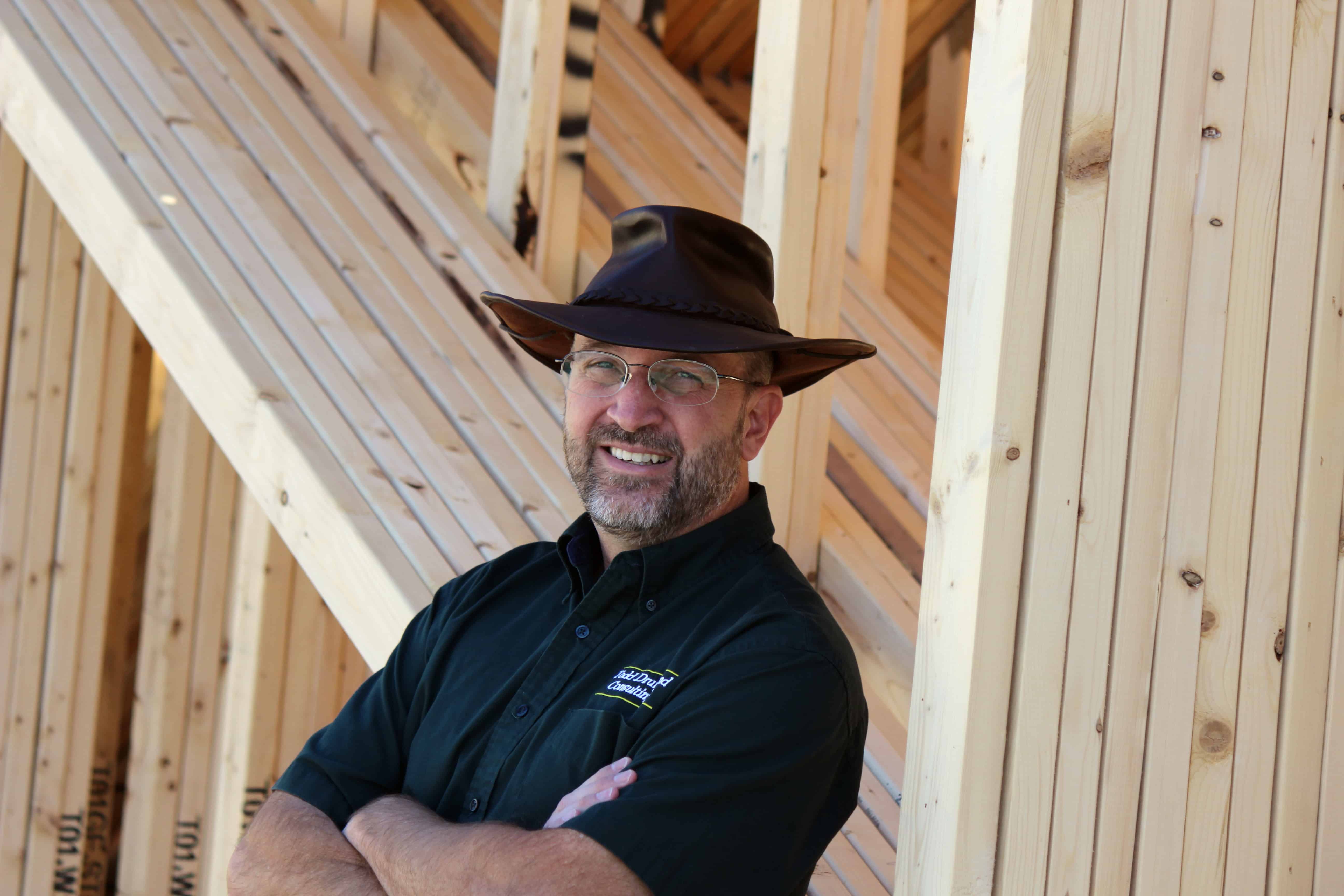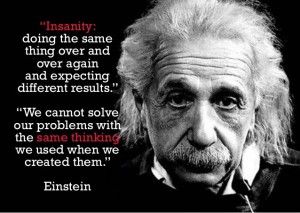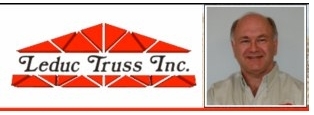Board Footage Versus Proper Man-Minute Time Standards Truss Labor Estimation
For many years, I have been beating the drum that board footage (BF) is an imperfect unit measurement that our industry should abandon. The better alternative is the proven method of time estimations is the use of proper man-minutes (MM) derived from time-in-motion practices that have been proven to work by industrial engineers. However, most of the resistance to this simple practice is more out of emotional investment in the old system rather than simple logical understanding.
Every production supervisor knows that when a larger chord member order—such as an attic or agriculture trusses—are being processed on the tables, the BF count goes sky-high compared to common trusses. The elevated BF numbers have nothing to do with effort or efficiencies within the manufacturing; only the type of units being measured. This imperfection is laid bare every time, and yet we as an industry still cling to this imperfect unit of measure system because of historical practices, upper management insistence, truss software that displays the BF and not having the skill to properly develop MM using industrial engineering practices.
A true story as an example of emotional involvement:
 Three people were sitting in the back seats of a minivan during a trade show: myself, a salesman from a plate vendor and a prominent CEO of a large company that both the salesperson and I hoped to influence. I was seated next to the CEO, and the salesman was behind us. I discussed MM with the CEO and talked about how they are more effective than BF for pricing and manufacturing efficiency benchmarks, which is exactly what the industrial engineer John Houlihan did many years ago, except he referred to them as realistic expectancy (RE) or scheduled units (SU), but are the same as MM. As I told the CEO about my proven ideas, he became pleasantly animated and asked questions because he was very interested in this new to him idea. While this conversation took place, I could see the salesman behind us getting physically agitated; His face turned red and he started to shake. I did my best to ignore him. Finally, the salesman had enough and literally yelled that BF has been used for decades, it is still being used every day and to say otherwise is ridiculous. Both the CEO and I were so shocked by his outburst that the three of us hardly spoke for the rest of the ride. To say it was confrontational and downright unprofessional is an understatement. Why did this salesman behave in this fashion? Because he saw that I was gaining the trust of this CEO and that I was a potential threat to his perceived authority of knowledge for the CEO. Also, the salesman’s ego overruled his ability to use a proper response. How could I, a consultant, have any ideas that were better than his when he had just as many decades of experience and knowledge in the industry? Remember, I was discussing units of measurement, not anyone’s perceived skills or knowledge, just plain units of MM versus BF.
Three people were sitting in the back seats of a minivan during a trade show: myself, a salesman from a plate vendor and a prominent CEO of a large company that both the salesperson and I hoped to influence. I was seated next to the CEO, and the salesman was behind us. I discussed MM with the CEO and talked about how they are more effective than BF for pricing and manufacturing efficiency benchmarks, which is exactly what the industrial engineer John Houlihan did many years ago, except he referred to them as realistic expectancy (RE) or scheduled units (SU), but are the same as MM. As I told the CEO about my proven ideas, he became pleasantly animated and asked questions because he was very interested in this new to him idea. While this conversation took place, I could see the salesman behind us getting physically agitated; His face turned red and he started to shake. I did my best to ignore him. Finally, the salesman had enough and literally yelled that BF has been used for decades, it is still being used every day and to say otherwise is ridiculous. Both the CEO and I were so shocked by his outburst that the three of us hardly spoke for the rest of the ride. To say it was confrontational and downright unprofessional is an understatement. Why did this salesman behave in this fashion? Because he saw that I was gaining the trust of this CEO and that I was a potential threat to his perceived authority of knowledge for the CEO. Also, the salesman’s ego overruled his ability to use a proper response. How could I, a consultant, have any ideas that were better than his when he had just as many decades of experience and knowledge in the industry? Remember, I was discussing units of measurement, not anyone’s perceived skills or knowledge, just plain units of MM versus BF.
Statement from Keith Myers: Truss and Panel GM
 Keith stated, “BF seems to be the national standard for truss manufacturers mainly because that’s what the software has typically reported. Additionally, lumber yards always deal with BF. The truth is, we pay labor dollars for time, not pieces, nor BF. Whether I have a 2x10 or a 2x4 wedge, it takes the same amount of time to pick it up and install it into a truss. When attempting to build a pricing model within a costing program, one needs lumber, plates, and labor. Labor is a measure of time, which is paid in dollars. Those dollars can be calculated easily with the proper data. It takes more time to build a 32-foot attic truss than a 32-foot fink, and the costing model should reflect that fact.”
Keith stated, “BF seems to be the national standard for truss manufacturers mainly because that’s what the software has typically reported. Additionally, lumber yards always deal with BF. The truth is, we pay labor dollars for time, not pieces, nor BF. Whether I have a 2x10 or a 2x4 wedge, it takes the same amount of time to pick it up and install it into a truss. When attempting to build a pricing model within a costing program, one needs lumber, plates, and labor. Labor is a measure of time, which is paid in dollars. Those dollars can be calculated easily with the proper data. It takes more time to build a 32-foot attic truss than a 32-foot fink, and the costing model should reflect that fact.”
I asked Keith, “Are you using the time standards for MM that I provided you during the consultation and if so, how have they worked out for you compared to BF?” Keith replied, “Your time standards are perfect. They are far more accurate than BF. We are much more comfortable with the MM for estimation of labor for both the pricing and shop scheduling. BF is just too unreliable for our needs.”
Example and Definition of MM Use in Truss Labor Estimation
 During my studies in industrial engineering, I performed time studies to develop proper time units for roof-truss manufacturing. Any industrial engineer will tell you that the units of board foot, linear foot or piece count for truss manufacturing do not stand up to true industrial engineering principles of task-specific, normal deviation criteria and the repeatability of results. Proper units of time for time standards are referred to as man-minutes, man-hours, realistic expectancy (RE) or scheduled units (SU). They are all the same thing and normally displayed in units of 100. Therefore, 1 ½ minutes would be viewed as 1.50, not 1:30. Over the years, I have refined these numbers, and as one client Keith Kylmala, owner of Kylmala Truss stated, “…all I can say is Todd’s time standards are scary accurate! Once we set up the labor configuration file based on our equipment and practices, our truss software estimates the labor time and cost in a spectacularly accurate way. We love how many options there are to choose from with Todd’s time standards labor document. No more educated guessing for our costing and pricing.”
During my studies in industrial engineering, I performed time studies to develop proper time units for roof-truss manufacturing. Any industrial engineer will tell you that the units of board foot, linear foot or piece count for truss manufacturing do not stand up to true industrial engineering principles of task-specific, normal deviation criteria and the repeatability of results. Proper units of time for time standards are referred to as man-minutes, man-hours, realistic expectancy (RE) or scheduled units (SU). They are all the same thing and normally displayed in units of 100. Therefore, 1 ½ minutes would be viewed as 1.50, not 1:30. Over the years, I have refined these numbers, and as one client Keith Kylmala, owner of Kylmala Truss stated, “…all I can say is Todd’s time standards are scary accurate! Once we set up the labor configuration file based on our equipment and practices, our truss software estimates the labor time and cost in a spectacularly accurate way. We love how many options there are to choose from with Todd’s time standards labor document. No more educated guessing for our costing and pricing.”
True Understanding of the Houlihan Methodology
 Industrial engineers are taught that if a company were to take the next step toward the proper implementation of time standards for tracking and monitoring the results of their efforts ever few hours, most companies would experience a 42% increase in productivity (Source: Motion & Time Studies for Lean Manufacturing by Fred Myers and James Stewart). In the past, this was known as the John Houlihan method in the truss industry. John Houlihan was an industrial engineer who implemented proper industrial engineering practices in our industry, which he never used BF. However, I am truly shocked at how few people in our industry understand or implement these very basic principles of industrial engineering practices. Also, many of those who claim to be past users and proponents of the Houlihan method have no clue how the time units are properly created or derived. Only those who have been properly trained in industrial engineering practices should be creating MM, otherwise you will end up with unreliable numbers and people who do not understand how to make it work properly.
Industrial engineers are taught that if a company were to take the next step toward the proper implementation of time standards for tracking and monitoring the results of their efforts ever few hours, most companies would experience a 42% increase in productivity (Source: Motion & Time Studies for Lean Manufacturing by Fred Myers and James Stewart). In the past, this was known as the John Houlihan method in the truss industry. John Houlihan was an industrial engineer who implemented proper industrial engineering practices in our industry, which he never used BF. However, I am truly shocked at how few people in our industry understand or implement these very basic principles of industrial engineering practices. Also, many of those who claim to be past users and proponents of the Houlihan method have no clue how the time units are properly created or derived. Only those who have been properly trained in industrial engineering practices should be creating MM, otherwise you will end up with unreliable numbers and people who do not understand how to make it work properly.
Final Summary of Using MM, BF, Dollars and Piece Count
For those of you who are invested in BF (Also dollars and piece count) I recommend recording both BF and MM units for a time, and you will quickly find out just how much more consistent MM is over BF. However, you will need to have proper MM units based on your company’s setup, so contact me about this and we will get you quickly set up with the proven and used every day MM. Once you become familiar with—and have a recorded history of—both MM and BF, you will finally give way to the superior method of MM and wonder why we as an industry ever thought BF was a good idea. Don’t let emotional investment overrule common sense logic when it comes to improving every aspect of your company. Listen to those who are quietly doing something like pricing and scheduled units better than you may be doing because they allowed themselves room to evolve to a better practice.
Keith Myers
Truss and Panel GM
Lakewood, NJ
“BF seems to be the national standard for truss manufacturers mainly because that’s what the software has typically reported. Additionally, lumber yards always deal with BF. The truth is, we pay labor dollars for time, not pieces, nor BF. Whether I have a 2x10 or a 2x4 wedge, it takes the same amount of time to pick it up and install it into a truss. When attempting to build a pricing model within a costing program, one needs lumber, plates and labor. Labor is a measure of time, which is paid in dollars. Those dollars can be calculated easily with the proper data. It takes more time to build a 32-foot attic truss than a 32-foot fink, and the costing model should reflect that fact.”
I asked Keith, “Are you using the time standards for MM that I provided you during the consultation and if so, how have they worked out for you compared to BF?” Keith replied, “Your time standards are perfect. They are far more accurate than BF. We are much more comfortable with the MM for estimation of labor for both the pricing and shop scheduling. BF is just too unreliable for our needs.”
Gordon Tober, Co-Owner, GM
Leduc, AB Canada
"The one area that started this process was our desire to refine our estimating techniques. Our equipment had changed dramatically over the years but our bidding time estimations had not been properly updated. Todd provided us with time standards that were specific to the equipment that we use. This information allowed us to estimate our jobs with a dramatically increased level of accuracy on each project, regardless of its level of complexity. The time standards also gave us the information to measure our production and establish target output for each workstation in our shop."

Keith Kylmala - Owner
Sagina, MN
“…all I can say is Todd’s time standards are scary accurate! Once we set up the labor configuration file based on our equipment and practices, our truss software estimates the labor time and cost in a spectacularly accurate way. We love how many options there are to choose from with Todd’s time standards labor document. No more educated guessing for our costing and pricing.”
Todd Drummond Consulting LLC
Copyrights © 2002-2023 Todd-Drummond.com
Todd Drummond Consulting LLC
Copyrights © 2002 - 2021 Todd-Drummond.com
(603) 748-1051
todd@todd-drummond.com
www.linkedin.com/in/todrummond



